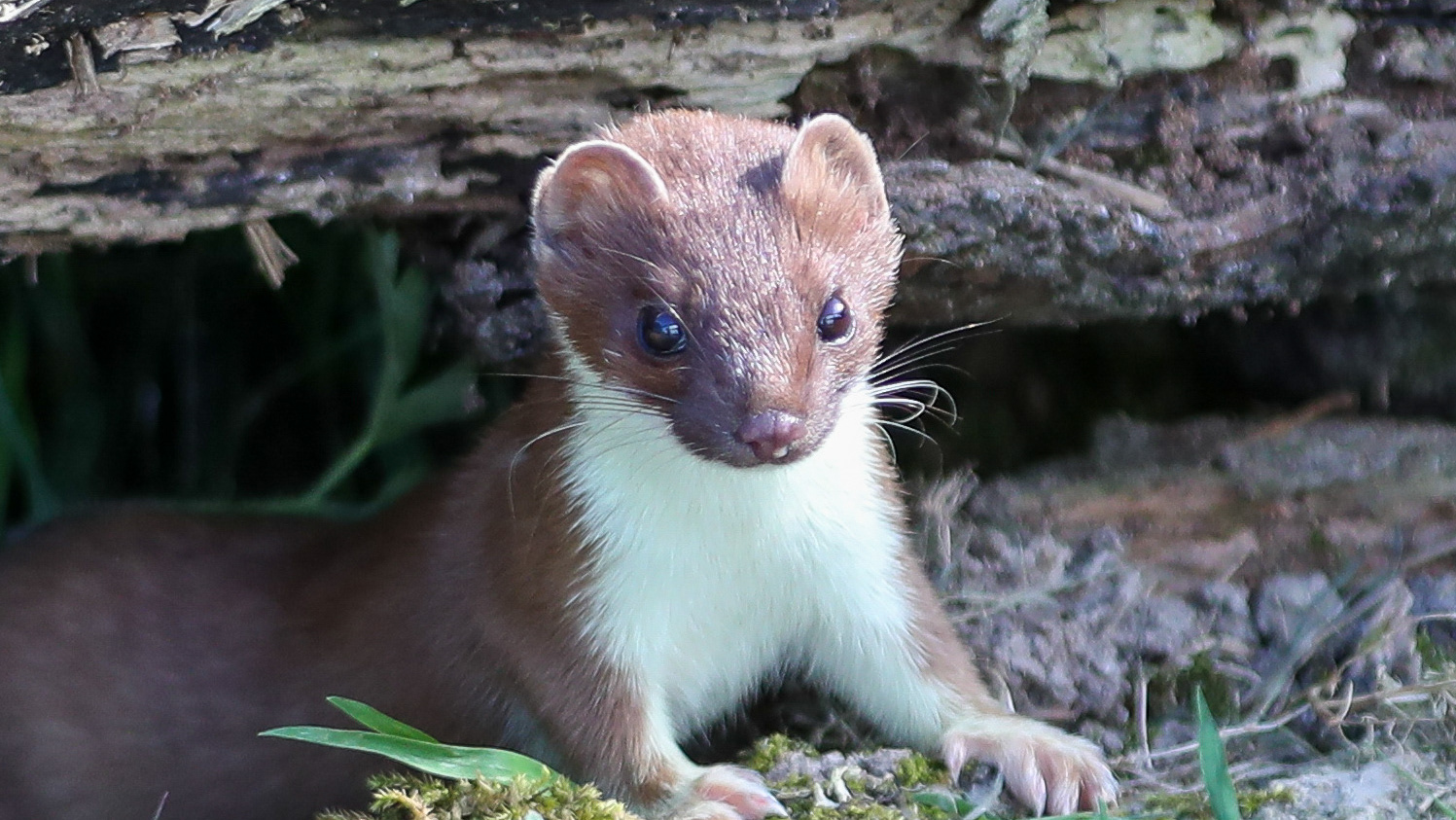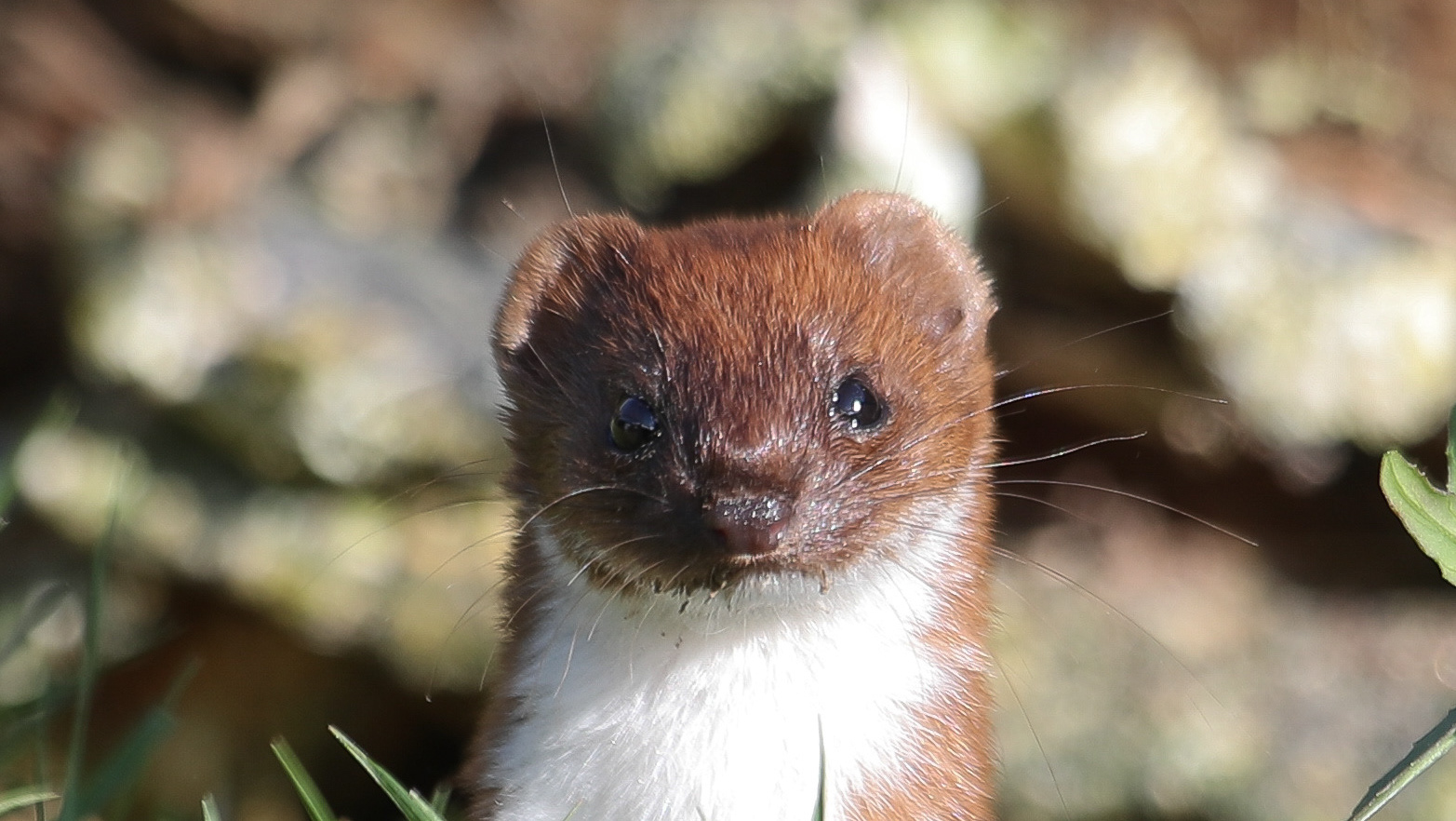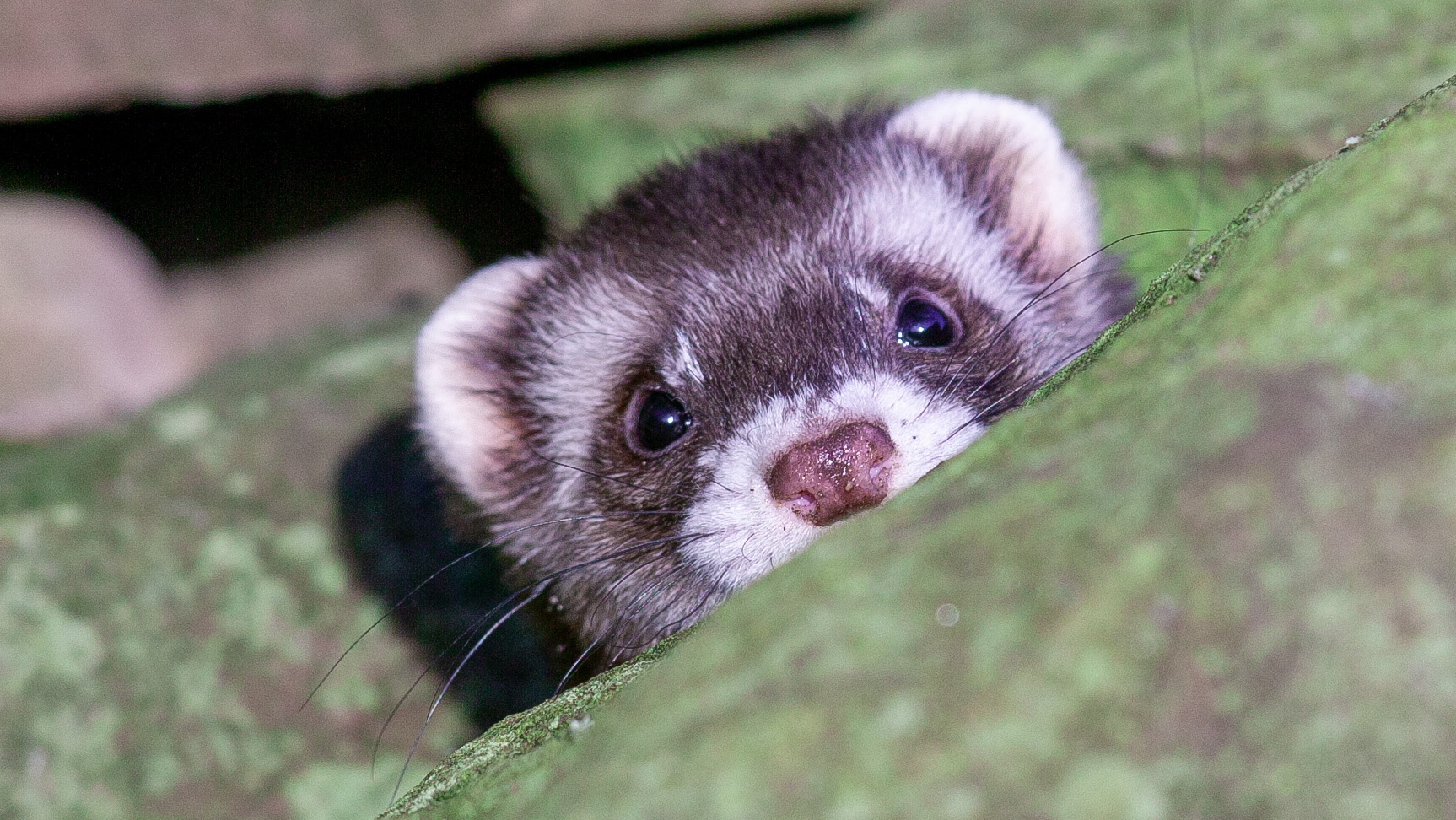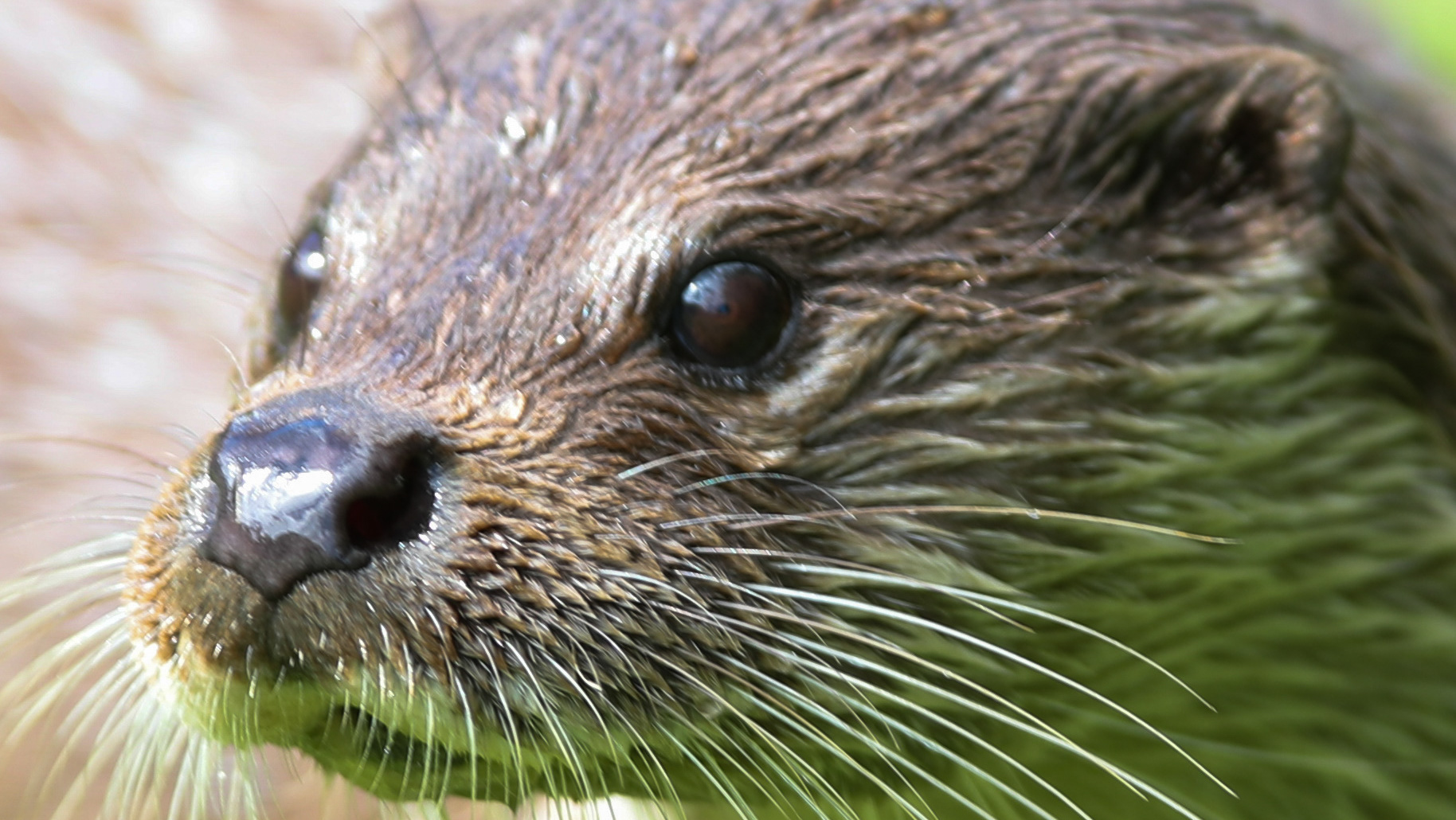American Mink Neovison vison
It is roughly 100 years since the first fur farms for Mink were established in Britain. Imported from North America, these animals, having escaped, found that the temperate climate, landscape features, and availability of food suited their habits and consequently slotted themselves into an ecological niche that had broadly been vacated by Otter and Polecat.
Cheshire has excellent Mink habitat as it is a wet county, the majority of which is squeezed between the River Mersey and the River Dee, with tributaries, canals, ditches, marshes, meres, reservoirs and over 27,000 field ponds (Harmer.A). The ponds appear to have much less of an attraction for mink than the linear and curvilinear water features and are possibly encountered because of proximity to the favoured habitats. The mink is a very capable predator in aquatic habitats. It is a strong swimmer and can submerge for long periods. Its size, shape, climbing prowess and audacious nature all add to its success. I once observed a mink cause mayhem on the south bank of the River Dane in Northwich town centre, apparently indifferent to the humans feeding ducks. This indifference to humans may be the downfall for individual mink on occasions but the attraction of so many water fowl to the bread-fest must be hard to resist. Some angling tales have mink at centre-stage, stealing fish from under the angler’s nose.
Occasionally small piles of skin-stripped frogs or toads are found that have been attributed to mink predation. Though circumstantial, I disturbed mink from a spot at a pond on Wirral only to find a freshly killed frog cadaver with similar injuries to those stated. The ribboned water features running through the Cheshire landscape are arguably the favoured haunt of mink and offer unrivalled connectivity for a semi-aquatic mammal to coastal marshes, ditches, canals, and larger lentic waters such as meres, reservoirs and fisheries where they may take up residence if the conditions are right. Rostherne Mere has been known to have a population of mink for some time, demonstrably having a substantial latrine on the bough of a tree at the water’s edge. Dr Bill Bellamy captured Mink on a trail-cam as it skilfully and effortlessly plucked fish from the water in the boathouse under the cover of darkness.
There are very few natural predators; Fox and Otter head a very short shortlist. Territorial disputes may end in the death of a male, kits may be taken by other members of the weasel family and domestic pets such as cats and dogs may have a negligible impact. More obvious are deaths on roads.
Such is the reputation of this fearsome non-native predator that the trapping and shooting of this mammal is part of a regime by gamekeepers and conservationists alike, ironically, in the case of gamekeepers, it's usually to protect other non-native species such as pheasants. The decline of water vole populations nationally has been laid firmly, though not exclusively, at the door of the American Mink. The female particularly is thought to be able to decimate populations as unlike the much larger male it can follow the water voles into their tunnels. An otter was observed by a Scottish gamekeeper killing a mink and it wasn’t long before this anecdote had a cameo appearance in virtually every article, along with the mandatory mention of a popular children's' book that won't be mentioned here. Before we confirm that the cavalry has arrived though, it is worth mentioning that much less publicity was given to the trail-cam footage of a smaller mustelid, a polecat, winning a tug-of-war for food against an otter. However, conservationists/anglers/poultry keepers etc hoping for a magic bullet for the control of Mink may well be vindicated for their optimism as research in both the northeast of England and Gloucestershire of Mink numbers/activity shows a decrease where Otters are on the increase.
AH
The precipitous decline of the Water Vole has been blamed on Mink





